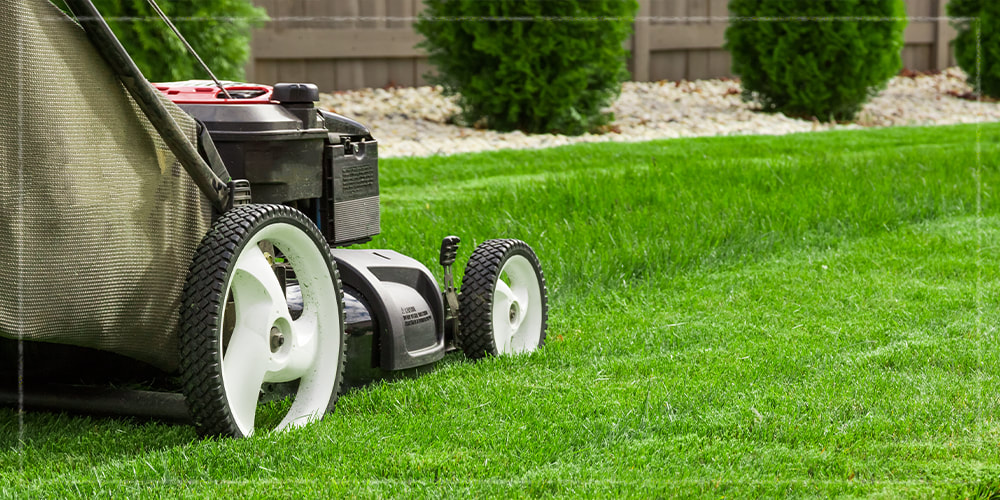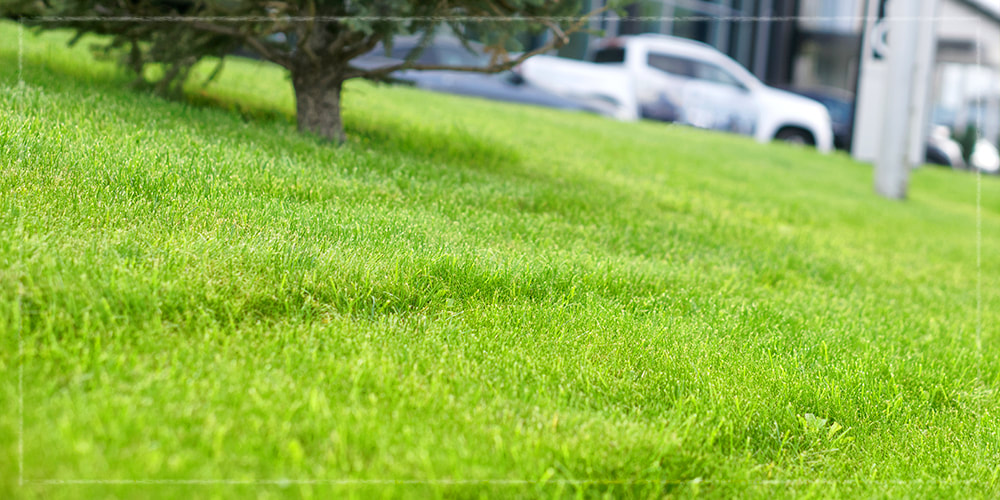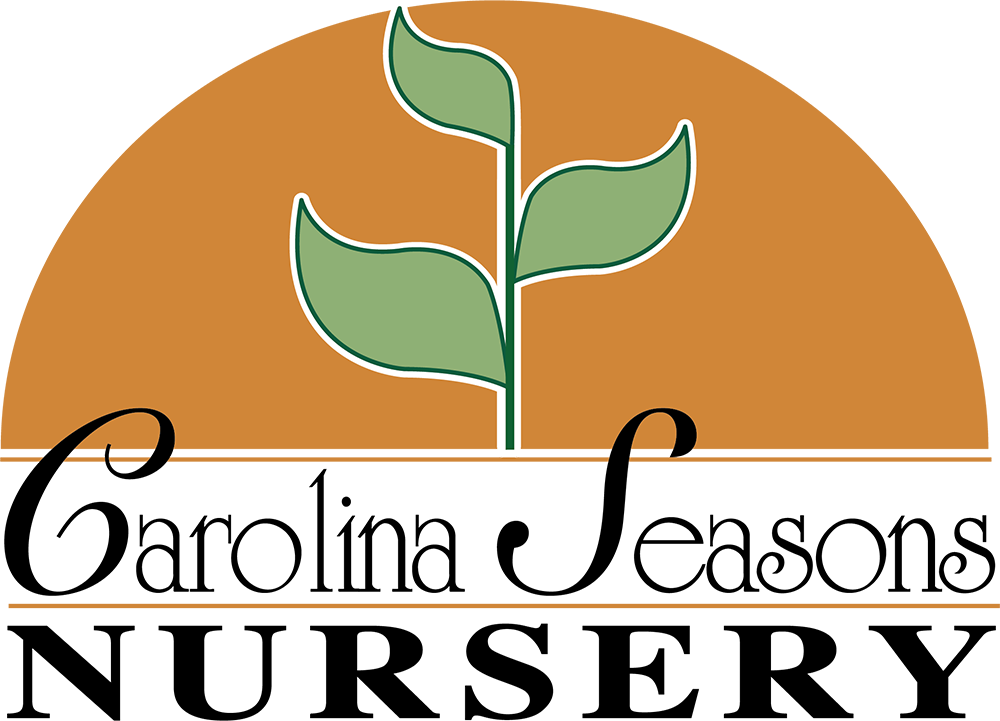When you’re establishing a brand new lawn on freshly graded soil, or looking to revitalize an older lawn, you’ll want to make sure you choose the right grass for Greenville, NC. From the sidewalk, it may seem like grass is grass is grass. But that’s not quite true.
Like trees, there are so many different types of grass, and some do better in certain locations. In general, grass is divided into two different categories: cool-season and warm-season. Our hot summers here in North Carolina mean we need warm-season grass if we really want our lawns to thrive.

Warm-season grasses flourish in the intense heat of summer, but they don’t love the deep chill of winter in the northern states. One of the best warm-season grass choices for Greenville, and for most of North Carolina, is centipede grass.
Centipede grass is often called “lazy man’s grass” because it does not require frequent mowing or fertilization, and it is extremely drought- and heat-tolerant. That means the lawn will survive even if it has to go several weeks without water.

Centipede Grass Care
Mowing
Many grass experts say that centipede grass should be mowed to a height of 1-1½ inches height and that height is ok. We’ve seen many healthy centipede lawns with a really tight-looking, short mow height. However, in our experience, a slightly taller grass blade (1½-2 inches height) is beneficial in that it shades the roots and stolons just a bit more from the harsh summer sun and gives a lusher texture.
As grass grows, it uses nutrients from the soil. An easy and inexpensive way to put those nutrients back into the soil is to leave grass clippings on the lawn to decompose after mowing. Small clippings are ideal for leaving on the lawn, so either mow frequently, use mulching blades on your lawnmower, or both! Many folks seem to think that lawn clippings cause thatch build-up, but thatch is actually made up of the roots, stems, and lower portions of grass leaves that are located below the mower blades. Heavy fertilizing and watering contribute to thatch build-up. If thatch reaches ¾ inch, it’s time to dethatch or power rake. This should only be done during the growing season and with a blade spacing of 3 inches to avoid seriously injuring the lawn.
Another task that contributes to excellent lawn health is coring or aeration. Centipede does not grow well in compacted soils. You may have noticed bare spots in the grass caused by high foot traffic and compaction. Coring allows oxygen to move easily into the root zone. It might seem counterintuitive, but oxygen gas is actually needed by plant roots to grow. Compacted soils impede the roots’ access to oxygen, and coring is the best way to solve this problem.
Like dethatching, coring should only be done during the growing season so the lawn can recover from the procedure faster.

Watering
Centipede grass seems to grow best if it receives at least 1 inch of water each week. In these times of freshwater shortages, we don’t recommend watering the lawn. But the fact is, water does help centipede lawns grow. With that in mind, it’s up to you to decide how important it is to have the prettiest lawn (and honestly, we’ve never heard of anyone receiving a Medal of Honor for their lawn!).
Warm-season grasses are known for being drought-tolerant once established. And if you let them do their job, they can pull through a drought surprisingly well. However, you have to be willing to let them go dormant during a drought, which means your grass will turn a deathly shade of grey-green. If you halfway try to water during a drought, you may actually be doing more harm than good. So, make your choice in the beginning: are you going to water heavily to keep the grass fat and happy, or just let it do what it was meant to do?
Fertilizing
First of all, let’s get one thing straight—centipede grass should never be the same deep green lush color as the fescue grasses you find in the Piedmont and Mountain regions of our state. If it is, it has been severely over-fertilized and will suffer long-term consequences in the form of fungal disease, thatch build-up, and increased cold damage during winter. Think of Granny Smith apples when you think of centipede grass—a bright, happy, lemon-limey green.
If you think you need to add something to your centipede grass to improve its health, the first step is to have a soil sample tested by the NCDA. Their lab in Raleigh will prescribe exactly what you need. If that sounds overwhelming, keep in mind we can help you with this. If you bring a soil sample to us, we will box it up, fill out the paperwork, send it to Raleigh (via the Pitt County Ag Extension courier), and we will help you interpret the results. Normally, NCDA does not charge for testing from around April to November. The lab is busier December to March, so they charge a small $4 fee per soil sample during this time.
We have seen so many off-the-cuff fertilizer, nutrient, weed control, and insect control recommendations based on symptoms and not on science. For example, “Is your centipede yellow? Add iron!” The problem with this advice is, if your soil pH is above 6.0 or the phosphorus level is high, the iron in your soil is tied up and the roots are denied access to it. Sure, an iron treatment might help temporarily, but it’s not a long-term fix. You, and your wallet, would be better off finding and correcting the root cause of the problem.
Timing is everything. Especially for fertilizer applications. Actively growing centipede grass is cold-sensitive. If it is exposed to freezing temperatures, it may die. So, it’s important to let the grass come out of dormancy in the spring and begin active growth before fertilizing (NC State Extension Service recommends waiting until June through August to fertilize). Fall fertilizer applications can be problematic. A few years ago, the Pitt County Extension Agent told me about a lawn in one of our neighborhoods that was fertilized in the prior year’s fall. The lawn jumped in growth, and then it got cold. The next spring, there was barely a patch of centipede that remained alive. It was tender and froze to death.

We’ve covered the key points to growing a good centipede lawn. Of course, there’s a lot more to know about the use of pre- and post-emergent weed killers, insecticides, and fungicide treatments. Keep in mind that the rainwater runoff in many of Greenville’s neighborhoods goes straight into the Tar River. Some newer neighborhoods have retention ponds that allow chemicals to at least partially dissipate before moving into underground water reservoirs. Best management practices in nurseries indicate that you can never expect to be 100% free of pests, so find a level of pest damage that is acceptable and try to manage things at that level. We think the same should go for homeowners as well.
For more information on warm-season grasses, check out NCSU TurfFiles online, call us, or call your County Extension Office.

